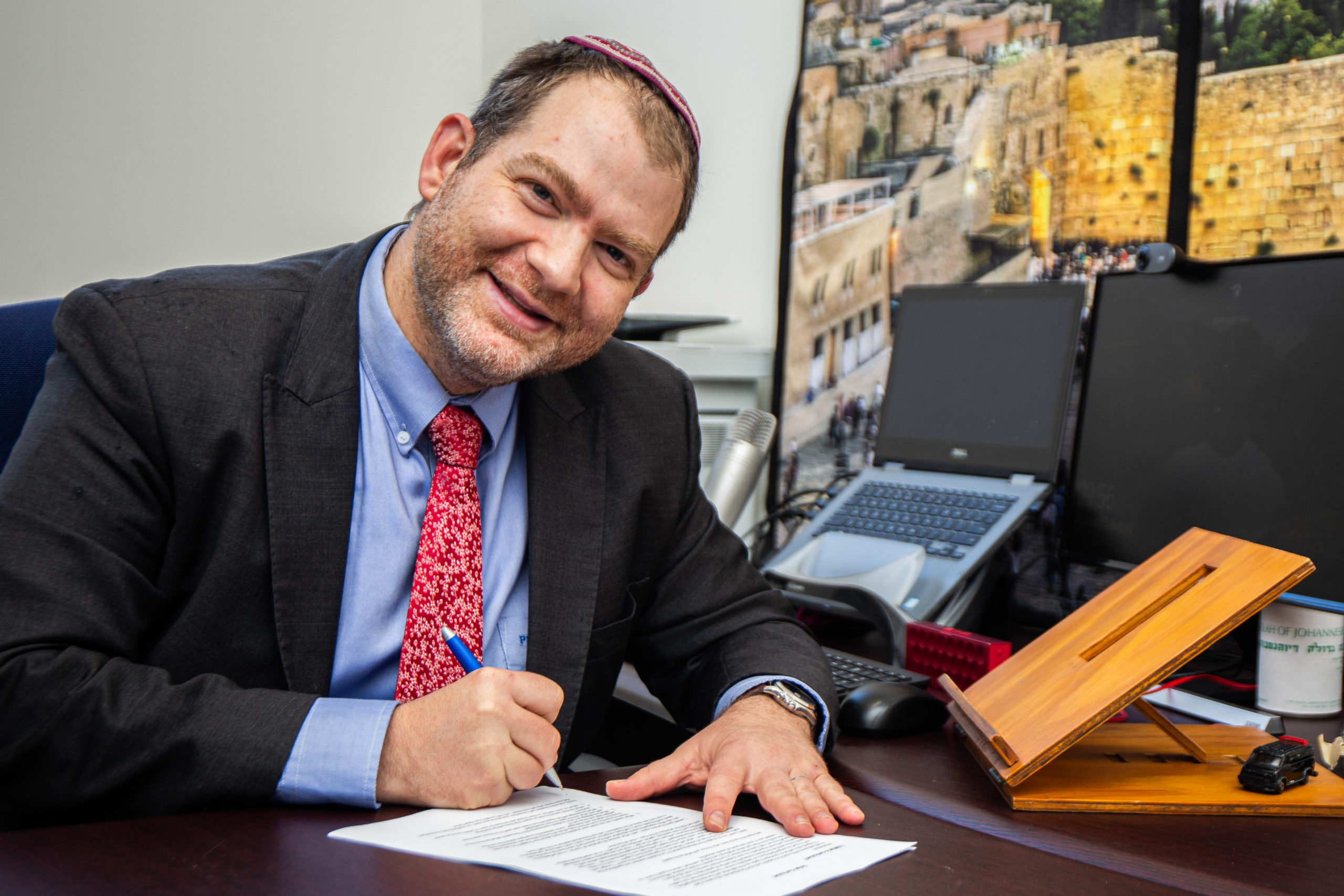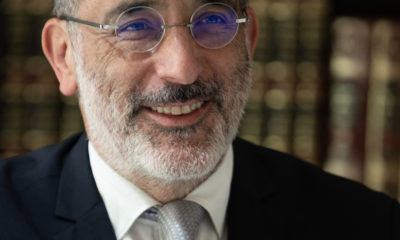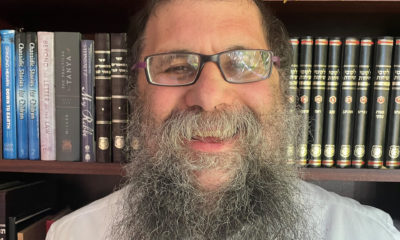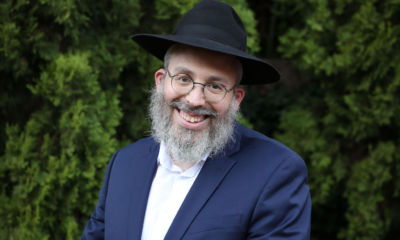
Parshot/Festivals

How to be the life of the seder
One of my teachers, Rabbi David Aaron, tells the story of a seminar he once ran teaching people new depths of meaning for our ancient traditions. It was (as anyone familiar with Aaron’s teachings won’t be surprised to hear) uplifting and inspiring, and left all present with fresh wonder and appreciation for Judaism. One of the people present commented, “Rabbi, you have shown me that Jewish prayer can be so meaningful and special. But I don’t think that even you can convince me that the Pesach seder could be interesting!” Of course, the continuation of this course resulted in her concession on that point, but the story itself speaks to an unfortunate reality in which this cherished tradition can become a barrier to the enjoyment of the seder rather than the greatest expression of it.
I remember in my youth (and I didn’t grow up religious) hearing from one of my primary school Jewish Studies teachers that her family read the entire Haggadah every Pesach – without skipping! I was torn between my admiration for her sheer tenacity and my shock that all this time, I had been taught by a religious fanatic. Of course, somewhere along my religious journey, I too became such a fanatic, and now joyously read, sing, and discuss the Haggadah each year, but I often think of the duality of the seder experience – how for some the Haggadah is a concession to tradition, a duty to perform which invokes memory of our bondage in Egypt by recreating it, with us as the slaves of nostalgia and the expectations of previous generations. For others, it’s a highlight of the year, a time to recall and appreciate the blessings and love that Hashem has showered upon us and our ancestors, a time to connect with generations past and generations yet to come through our Jewish history and heritage.
As a rabbi and teacher, the question I ask myself is, how can we get from the one to the other? I’d like to suggest a few ways I found for myself that may interest you or help you too.
Become a teacher: one of the great messages of the seder night is that we are, each of us, teachers and storytellers. If there’s one thing that I lament in our current system of Jewish education, it’s the way in which we entrust the primary Jewish education of our children to others (as excellent as they may be). In my mind, I strike a sharp contrast between taking my car to the mechanic for a service and taking my child to school for an education, although I must confess that the difference isn’t always that clear. It’s a great pity that due to our work commitments, busy lives, and sometimes our own limitations in knowledge and teaching, we’re not our children’s primary Jewish educators.
But one night a year, that all changes. On the seder night, we’re the ones who pass down to future generations our most important story of all, the story of the Exodus that made us, the Jewish people. Whether we’re telling our children, grandchildren, parents, friends, or even just ourselves – on seder night, we must embrace the opportunity and responsibility to teach, and this sense of purpose invests the seder with new urgency and life.
New understandings: my father-in-law always tells me about a Chassidic rebbe who instructed his followers to use a new Haggadah every Pesach – with new commentaries. We live in an era of unprecedented Jewish publication, and there’s a delightful cornucopia of new explanations of the Haggadah released every year. Buy or borrow a different one, spend a couple of hours before the seder extracting insights, and share them at the table. One of my greatest Pesach pleasures is learning new things about the Exodus from Egypt every year. Torah truly is endless, and our generation has so many talented educators who offer marvellous fresh perspectives.
Activities and props: the seder need not simply be reading through the book, or even discussing, or singing (although those are both excellent things to do!) Many schools now send home activities and props for children to use for the seder, which add a wonderful energy and involve them integrally. Plague of darkness? Wear dark glasses or put on a blindfold. Plague of frogs? Scatter plastic frogs all over the table. Include food in the meal reminiscent of aspects of the seder story (no, not frogs legs, those aren’t kosher, but if you can get hold of kosher locusts, go for it!). Make them a discussion item during dinner itself. Have the table décor also represent aspects of the story (how about a blue tablecloth with a beige runner – the splitting of the sea – with Lego people in the centre crossing it?). Additionally, there are seder songs, seder plays, seder poems, or more – take a look and incorporate some!
Yes, the seder is long, but it’s not as long as the longest movie you’ve ever watched. It’s a wonderful opportunity to reconnect with our greatest story and the core of our identity as a people. A chance to sing Hallel, the same prayer that we say in shul on every festival and on Rosh Chodesh, but how often do we have a chance to sing it together as a family? The seder night is an exalted evening; one which I look forward to every year, and I hope you will too.
- Rabbi Sam Thurgood is the rabbi at Beit Midrash Morasha @ Arthur’s Road in Cape Town.










